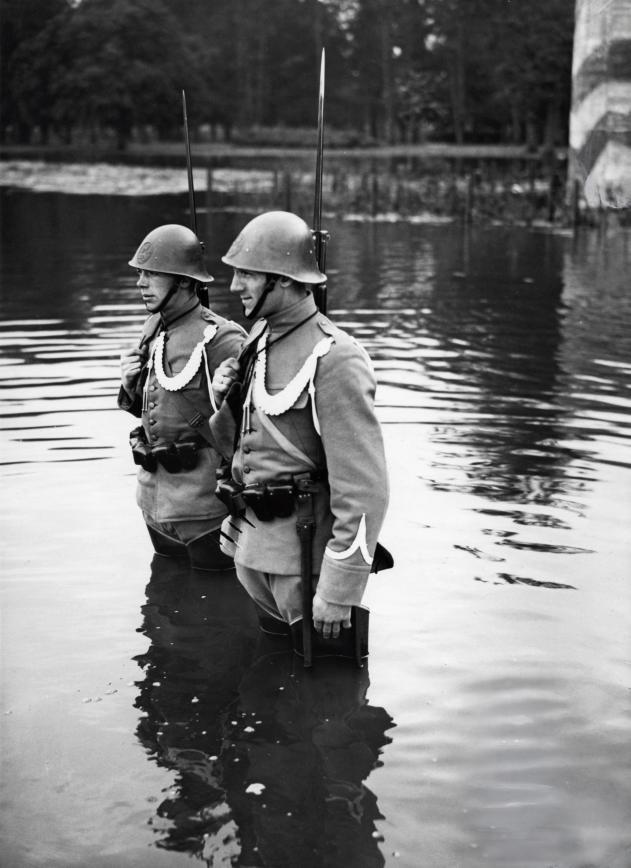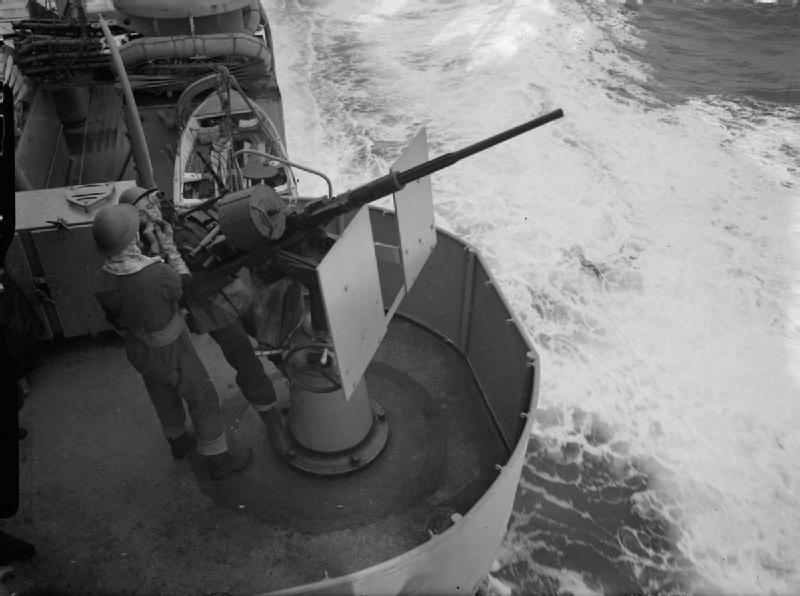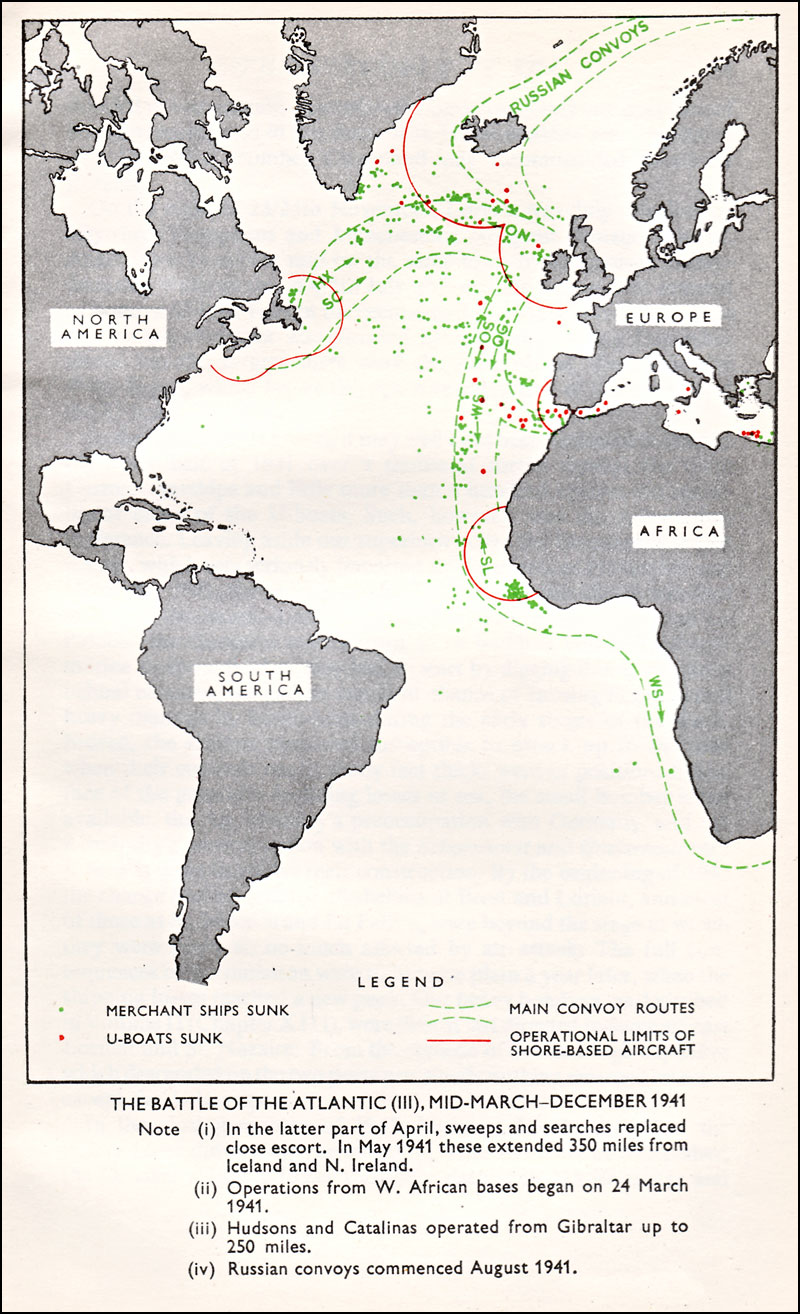|
Douwe Aukes Class Minelayer
The ''Douwe Aukes'' class (also known as the ''Van Meerlant'' class and the ''Aukes'' class) were two minelayers of the Royal Netherlands Navy. The two ships were built at the Gusto shipyard in Schiedam. Construction began in 1919 and was completed in 1922. Built to serve in the Dutch territorial waters, both ships were still in service during the Second World War and they both escaped to the United Kingdom, on 14 May and on 18 May 1940. Both vessels were transferred to the British Royal Navy. ''Van Meerlant'' was sunk by a mine in 1942 while in British service. ''Douwe Aukes'' was returned to the Royal Netherlands Navy following the war and was used as a depot ship until sold for scrap in 1962. Description The ''Douwe Aukes'' class was an improved version of the preceding s. The ''Douwe Aukes'' class had a standard displacement of and at normal loads. They measured long between perpendiculars with a beam of and a draught of . The minelayers were powered by steam from t ... [...More Info...] [...Related Items...] OR: [Wikipedia] [Google] [Baidu] |
Schiedam
Schiedam () is a city and municipality in the west of the Netherlands. It is located in the Rotterdam–The Hague metropolitan area, west of Rotterdam, east of Vlaardingen, and south of Delft. In the south the city is connected with the village of Pernis by the Beneluxtunnel. The city is known for its historical center with canals, and for having the tallest windmills in the world. Schiedam is also well known for the distilleries and malthouses and production of jenever ( gin) − such as the internationally renowned Ketel One − so much so that in French and English the word ''schiedam'' (usually without a capital ''s-'') refers to the town's Holland gin. This was the town's main industry during the early Industrial Revolution in the 18th and 19th century, a period to which it owed its former nickname "Zwart Nazareth" or "Black Nazareth". Furthermore, the city is known for Saint Lidwina, one of the most famous Dutch saints (her relics are located in the Liduina Basilica in S ... [...More Info...] [...Related Items...] OR: [Wikipedia] [Google] [Baidu] |
Draft (hull)
The draft or draught of a ship's hull is the vertical distance between the waterline and the bottom of the hull ( keel). The draught of the vessel is the maximum depth of any part of the vessel, including appendages such as rudders, propellers and drop keels if deployed. Draft determines the minimum depth of water a ship or boat can safely navigate. The related term air draft is the maximum height of any part of the vessel above the water. The more heavily a vessel is loaded, the deeper it sinks into the water, and the greater its draft. After construction, the shipyard creates a table showing how much water the vessel displaces based on its draft and the density of the water (salt or fresh). The draft can also be used to determine the weight of cargo on board by calculating the total displacement of water, accounting for the content of the ship's bunkers, and using Archimedes' principle. The closely related term "trim" is defined as the difference between the forward and a ... [...More Info...] [...Related Items...] OR: [Wikipedia] [Google] [Baidu] |
Mine Warfare Vessel Classes
Mine, mines, miners or mining may refer to: Extraction or digging *Miner, a person engaged in mining or digging *Mining, extraction of mineral resources from the ground through a mine Grammar *Mine, a first-person English possessive pronoun Military * Anti-tank mine, a land mine made for use against armored vehicles * Antipersonnel mine, a land mine targeting people walking around, either with explosives or poison gas * Bangalore mine, colloquial name for the Bangalore torpedo, a man-portable explosive device for clearing a path through wire obstacles and land mines * Cluster bomb, an aerial bomb which releases many small submunitions, which often act as mines * Land mine, explosive mines placed under or on the ground * Mining (military), digging under a fortified military position to penetrate its defenses * Naval mine, or sea mine, a mine at sea, either floating or on the sea bed, often dropped via parachute from aircraft, or otherwise lain by surface ships or submarines * ... [...More Info...] [...Related Items...] OR: [Wikipedia] [Google] [Baidu] |
German Invasion Of The Netherlands
The German invasion of the Netherlands ( nl, Duitse aanval op Nederland), otherwise known as the Battle of the Netherlands ( nl, Slag om Nederland), was a military campaign part of Case Yellow (german: Fall Gelb), the Nazi German invasion of the Low Countries (Belgium, Luxembourg, and the Netherlands) and France during World War II. The battle lasted from 10 May 1940 until the surrender of the main Dutch forces on 14 May. Dutch troops in the province of Zeeland continued to resist the ''Wehrmacht'' until 17 May when Germany completed its occupation of the whole country. The invasion of the Netherlands saw some of the earliest mass paratroop drops, to occupy tactical points and assist the advance of ground troops. The German ''Luftwaffe'' used paratroopers in the capture of several airfields in the vicinity of Rotterdam and The Hague, helping to quickly overrun the country and immobilise Dutch forces. After the devastating Nazi bombing of Rotterdam by the ''Luftwaffe'' on 14 ... [...More Info...] [...Related Items...] OR: [Wikipedia] [Google] [Baidu] |
Ceremonial Ship Launching
Ceremonial ship launching involves the performance of ceremonies associated with the process of transferring a vessel to the water. It is a nautical tradition in many cultures, dating back thousands of years, to accompany the physical process with ceremonies which have been observed as public celebration and a solemn blessing, usually but not always, in association with the launch itself. Ship launching imposes stresses on the ship not met during normal operation and, in addition to the size and weight of the vessel, represents a considerable engineering challenge as well as a public spectacle. The process also involves many traditions intended to invite good luck, such as christening by breaking a sacrificial bottle of champagne over the bow (ship), bow as the ship is named aloud and launched. Methods There are three principal methods of conveying a new ship from building site to water, only two of which are called "launching". The oldest, most familiar, and most widel ... [...More Info...] [...Related Items...] OR: [Wikipedia] [Google] [Baidu] |
World War I
World War I (28 July 1914 11 November 1918), often abbreviated as WWI, was List of wars and anthropogenic disasters by death toll, one of the deadliest global conflicts in history. Belligerents included much of Europe, the Russian Empire, the United States, and the Ottoman Empire, with fighting occurring throughout Europe, the Middle East, Africa, the Pacific Ocean, Pacific, and parts of Asia. An estimated 9 million soldiers were killed in combat, plus another 23 million wounded, while 5 million civilians died as a result of military action, hunger, and disease. Millions more died in Genocides in history (World War I through World War II), genocides within the Ottoman Empire and in the Spanish flu, 1918 influenza pandemic, which was exacerbated by the movement of combatants during the war. Prior to 1914, the European great powers were divided between the Triple Entente (comprising French Third Republic, France, Russia, and British Empire, Britain) and the Triple A ... [...More Info...] [...Related Items...] OR: [Wikipedia] [Google] [Baidu] |
Depot Ship
A depot ship is an auxiliary ship used as a mobile or fixed base for submarines, destroyers, minesweepers, fast attack craft, landing craft, or other small ships with similarly limited space for maintenance equipment and crew dining, berthing and relaxation. Depot ships may be identified as tenders in American English. Depot ships may be specifically designed for their purpose or be converted from another purpose. Function Depot ships provide services unavailable from local naval base shore facilities. Industrialized countries may build naval bases with extensive workshops, warehouses, barracks, and medical and recreation facilities. Depot ships operating within such bases may provide little more than command staff offices,Lenton (1975) pp.391-394 while depot ships operating at remote bases may perform unusually diverse support functions. Some United States Navy submarine depot ships operating in the Pacific during World War II included sailors with Construction Battalion ratings ... [...More Info...] [...Related Items...] OR: [Wikipedia] [Google] [Baidu] |
Thames River
The River Thames ( ), known alternatively in parts as the River Isis, is a river that flows through southern England including London. At , it is the longest river entirely in England and the second-longest in the United Kingdom, after the River Severn. The river rises at Thames Head in Gloucestershire, and flows into the North Sea near Tilbury, Essex and Gravesend, Kent, via the Thames Estuary. From the west it flows through Oxford (where it is sometimes called the Isis), Reading, Henley-on-Thames and Windsor. The Thames also drains the whole of Greater London. In August 2022, the source of the river moved five miles to beyond Somerford Keynes due to the heatwave in July 2022. The lower reaches of the river are called the Tideway, derived from its long tidal reach up to Teddington Lock. Its tidal section includes most of its London stretch and has a rise and fall of . From Oxford to the Estuary the Thames drops by 55 metres. Running through some of the drier part ... [...More Info...] [...Related Items...] OR: [Wikipedia] [Google] [Baidu] |
Oerlikon 20 Mm Cannon
The Oerlikon 20 mm cannon is a series of autocannons, based on an original German Becker Type M2 20 mm cannon design that appeared very early in World War I. It was widely produced by Oerlikon Contraves and others, with various models employed by both Allied and Axis forces during World War II. Many versions of the cannon are still used today. Blowback-operated models History Origins During World War I, the German industrialist Reinhold Becker developed a 20 mm caliber cannon, known now as the 20 mm Becker using the advanced primer ignition blowback (API blowback) method of operation. This used a 20×70mmRB cartridge and had a cyclic rate of fire of 300 rpm. It was used on a limited scale as an aircraft gun on ''Luftstreitkräfte'' warplanes, and an anti-aircraft gun towards the end of that war. Because the Treaty of Versailles banned further production of such weapons in Germany, the patents and design works were transferred in 1919 to the Swiss firm SEMAG (''Seeb ... [...More Info...] [...Related Items...] OR: [Wikipedia] [Google] [Baidu] |
QF 2-pounder Naval Gun
The 2-pounder gun, officially the QF 2-pounder ( QF denoting "quick firing") and universally known as the pom-pom, was a British autocannon, used as an anti-aircraft gun by the Royal Navy.British military of the period traditionally denoted smaller guns in terms of the approximate weight of the standard projectile, rather than by its bore diameter, which in this case was 40 mm. References to 40-mm anti-aircraft guns invariably mean the Bofors gun, while references to 2-pounder anti-aircraft guns mean this gun. The name came from the sound that the original models make when firing. This QF 2-pounder was not the same gun as the Ordnance QF 2-pounder, used by the British Army as an anti-tank gun and a tank gun, although they both fired , projectiles. Predecessors - Boer War and the Great War QF 1 pounder The first gun to be called a pom-pom was the 37 mm Nordenfelt-Maxim or "QF 1-pounder" introduced during the Second Boer War, the smallest artillery piece of that war. It fire ... [...More Info...] [...Related Items...] OR: [Wikipedia] [Google] [Baidu] |
Convoy
A convoy is a group of vehicles, typically motor vehicles or ships, traveling together for mutual support and protection. Often, a convoy is organized with armed defensive support and can help maintain cohesion within a unit. It may also be used in a non-military sense, for example when driving through remote areas. Naval convoys Age of Sail Naval convoys have been in use for centuries, with examples of merchant ships traveling under naval protection dating to the 12th century. The use of organized naval convoys dates from when ships began to be separated into specialist classes and national navies were established. By the French Revolutionary Wars of the late 18th century, effective naval convoy tactics had been developed to ward off pirates and privateers. Some convoys contained several hundred merchant ships. The most enduring system of convoys were the Spanish treasure fleets, that sailed from the 1520s until 1790. When merchant ships sailed independently, a privateer ... [...More Info...] [...Related Items...] OR: [Wikipedia] [Google] [Baidu] |
Caliber (artillery)
In artillery, caliber or calibredifference in British English and American English spelling is the internal diameter of a gun barrel, or - by extension - a relative measure of the barrel length. Rifled barrels Rifled barrels introduce ambiguity to measurement of caliber. A rifled bore consists of alternating grooves and lands. The distance across the bore from groove to groove is greater than the distance from land to land. Projectiles fired from rifled barrels must be of the full groove to groove diameter to be effectively rotated by the rifling, but the caliber has sometimes been specified as the land to land diameter before rifling grooves were cut. The depth of rifling grooves (and the consequent ambiguity) increases in larger calibers. Steel artillery projectiles may have a forward bourrelet section machined to a diameter slightly smaller than the original land to land dimension of the barrel and a copper driving band somewhat larger than the groove to groove diameter t ... [...More Info...] [...Related Items...] OR: [Wikipedia] [Google] [Baidu] |




.jpg)



